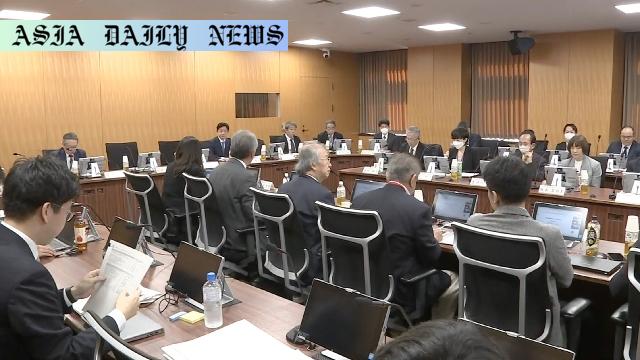Disaster Preparedness – Japanese government explores improved disaster education methods to prevent and mitigate risks based on the 2011 Earthquake lessons.
Key Point 1: The government commemorates 14 years since the 2011 Great East Japan Earthquake.
Key Point 2: Focus on disaster preparedness education leveraging past experiences.
Key Point 3: Discussion includes evacuation drills, hazard maps, and school curriculum improvements.
Key Point 4: Proposal for establishing a dedicated disaster management agency.

Reflecting on the 2011 Great East Japan Earthquake
March 11, 2011, marks one of the darkest days in Japan’s modern history. The Great East Japan Earthquake and subsequent tsunami devastated northeastern Japan, claiming thousands of lives and leaving long-lasting scars. Now, 14 years later, the Japanese government is not only honoring the memory of the victims but also drawing important lessons to enhance the nation’s disaster preparedness. This approach is a testament to the country’s resilience and forward-looking mindset, determined to use its past experiences as a guide for safeguarding the future.
Plans for Enhanced Disaster Preparedness Education
One of the key areas of focus is to improve disaster preparedness education. Recognizing that proper knowledge and swift decisions can save lives, the government seeks to implement educational frameworks aimed at enabling people to react promptly to disasters. These plans include strengthening school curriculums, upgrading teaching materials, and emphasizing hands-on evacuation drills. Such a comprehensive education strategy ensures a holistic approach to disaster readiness, targeting various age groups and demographics.
Role of a Dedicated Disaster Management Agency
An expert panel has also encouraged the establishment of a dedicated disaster management agency. This agency would not only coordinate disaster response but also lead research, develop hazard maps, and ensure the timely communication of accurate information. By centralizing resources and expertise under one roof, Japan aims to create a robust institution capable of handling the complex challenges posed by earthquakes, tsunamis, floods, and other natural calamities.
Empowering Communities with Tools and Knowledge
Improving the use of hazard maps and regional evacuation drills reveals a commitment to grassroots-level preparedness. When communities are well-informed about their region’s vulnerabilities and resources, they are better equipped to take decisive action when disasters strike. By merging technology and human effort, Japan’s disaster preparedness initiative sets a benchmark for how nations can protect their citizens.
A Future Ready for Challenges
This comprehensive disaster education agenda underscores Japan’s commitment to learning from its past and preparing for an uncertain future. By prioritizing education, centralized management, and community engagement, the country exemplifies a nation on the path to resilience. As the government and experts discuss this transformative strategy, the lessons learned promise to echo far beyond Japan, influencing global disaster strategies.



Commentary
The Importance of Disaster Education
Reflecting on the devastation caused by the 2011 Great East Japan Earthquake, it becomes evident that proactive disaster education plays a crucial role in ensuring public safety. Providing individuals with the tools and knowledge to respond quickly to catastrophic events is not just an educational mandate but a moral responsibility. Japan’s recent initiative to improve disaster preparedness education stands as a commendable step towards a safer and more resilient future for its citizens.
Centralized Disaster Management Agencies: Why They Matter
One of the standout aspects of the proposed strategy is the establishment of a dedicated disaster management agency. Centralizing disaster response allows for more coordinated, efficient, and effective management. Moreover, such an agency can spearhead innovations, refine evacuation strategies, and develop technologies like hazard map systems, ensuring that these tools are reliable and accessible to the public. Importantly, a specialized agency can foster partnerships between governmental bodies, educational institutions, and local communities, creating a unified approach to disaster prevention.
Global Lessons from Japan’s Disaster Preparedness Model
Japan’s efforts serve as an invaluable model for other nations prone to natural calamities. As climate change increases the frequency and intensity of disasters worldwide, Japan’s example reinforces the importance of investing in preparedness. From improving school curriculums to conducting community evacuation drills, these measures demonstrate that resilience starts with education. Nations can adopt and customize these best practices, reflecting the universal need to safeguard lives through foresight and collaboration.
Conclusion: A Path to Resilience
In conclusion, Japan’s renewed focus on disaster preparedness education is a powerful reminder of the necessity to learn and adapt. By addressing challenges with informed action, collective participation, and dedicated structures like a disaster management agency, the country sets an inspiring precedent. As we commemorate the 14th anniversary of the 2011 earthquake, it’s fitting to honor the lives lost by striving to build a safer future—one that prioritizes knowledge, community engagement, and resilience.